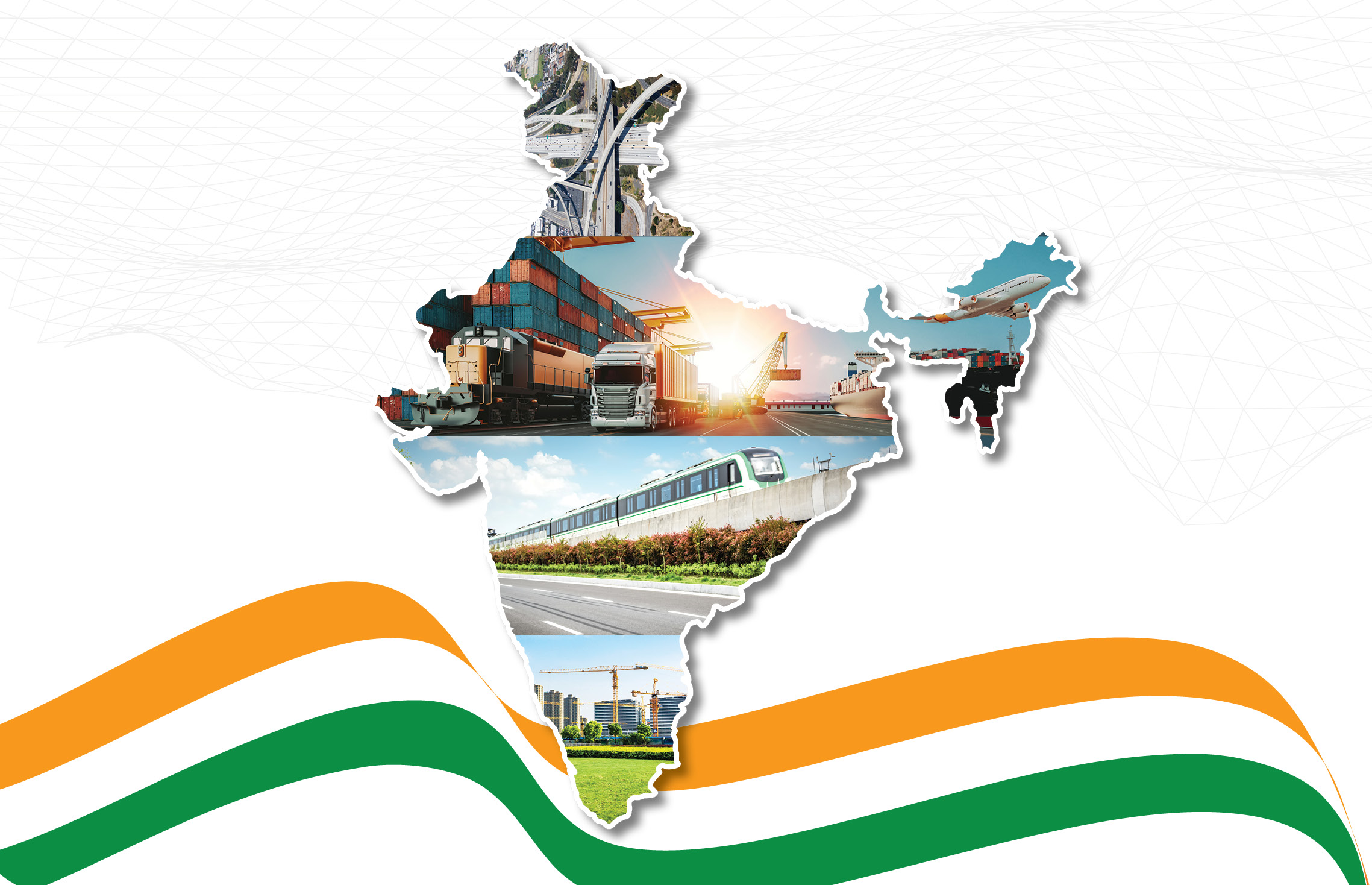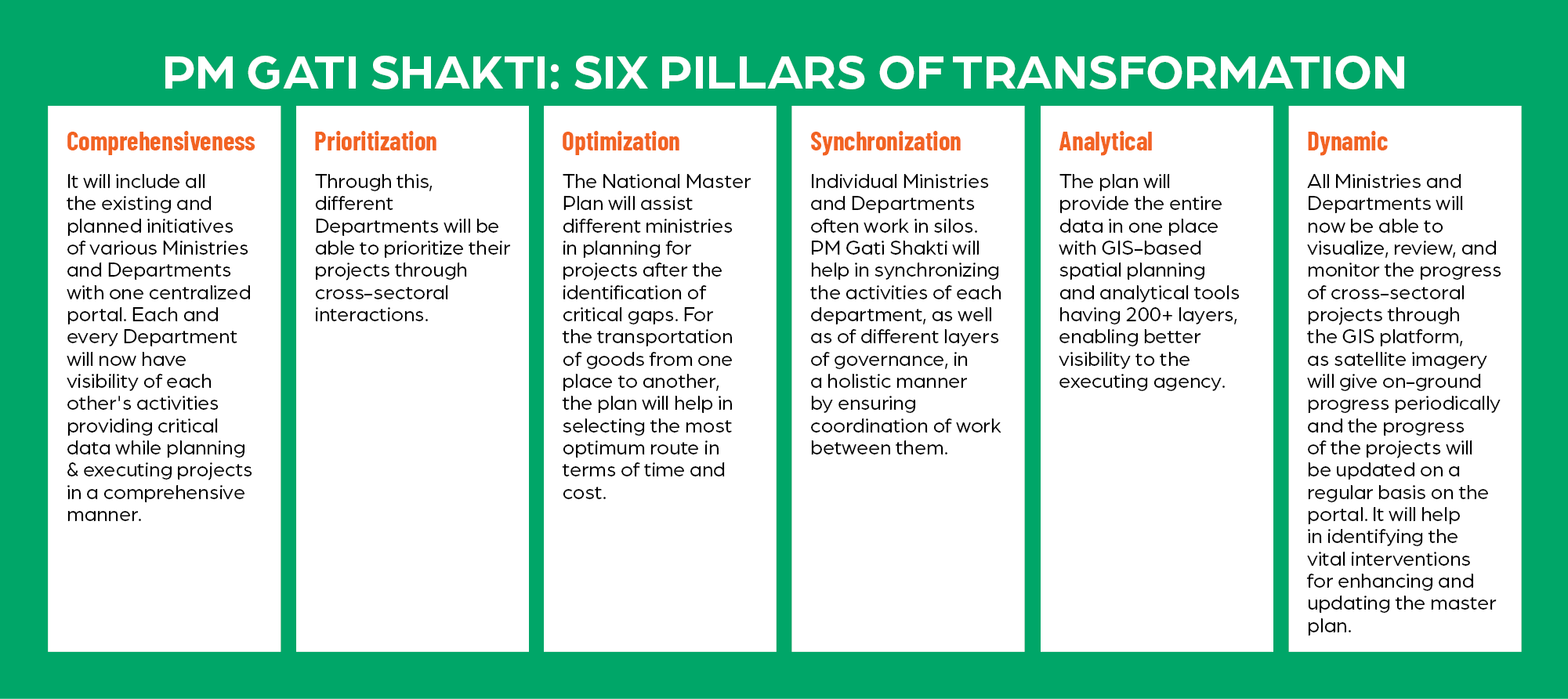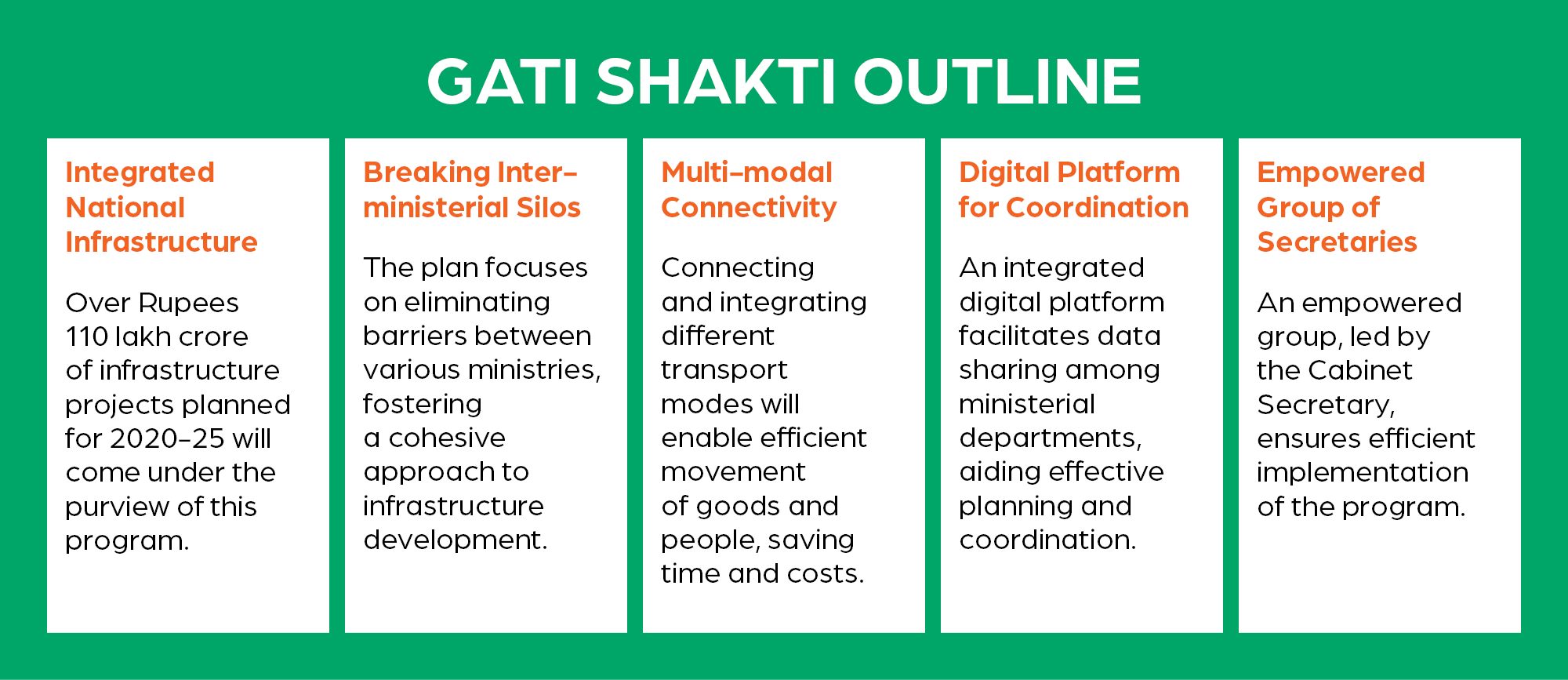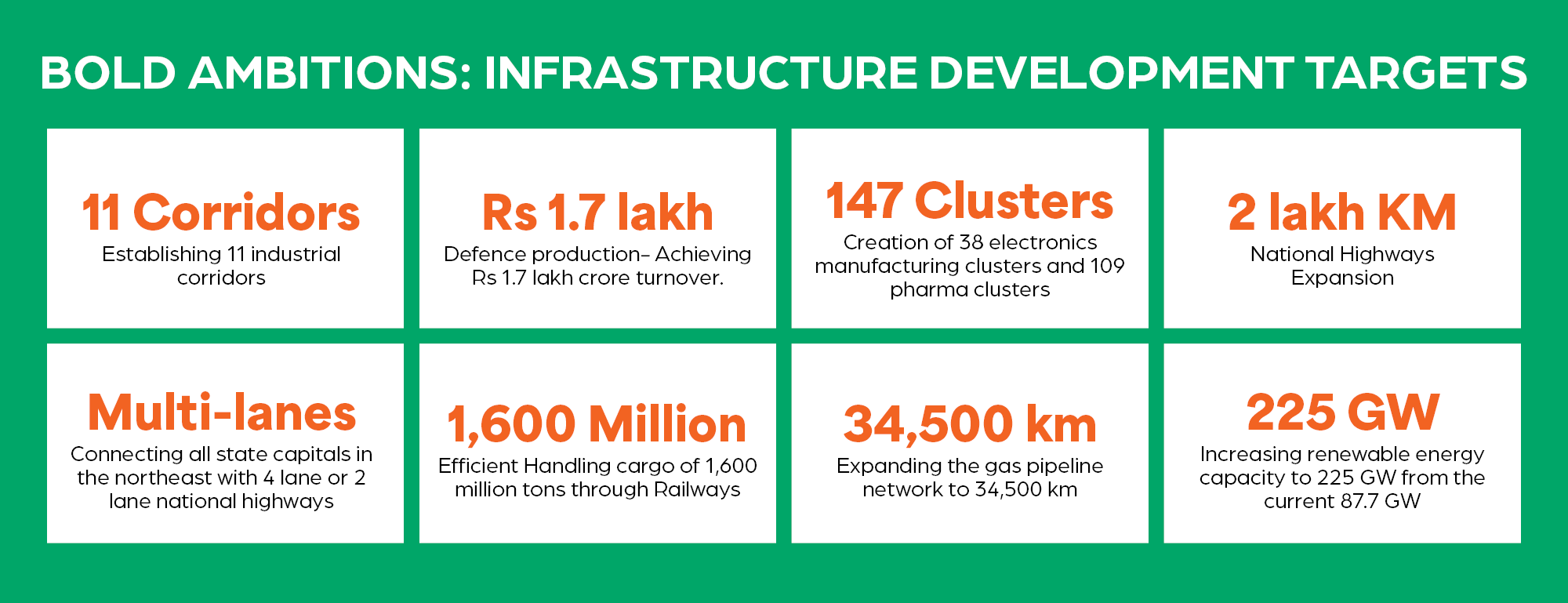PM National Master plan ensures efficiency across different sectors of the economy. Accurate modelling and integration of various types of information are of utmost importance towards this is precisely where platforms like PM Gati Shakti come into play. They serve as an essential tool to integrate diverse data sources.
Green highways are an integral part of the PM Gati Shakti National Master Plan for Multimodal Connectivity. The plan aims to develop a holistic infrastructure ecosystem in India, with a focus on sustainability and environmental protection. Green highways are those that are designed and constructed with minimal environmental impact.
They incorporate features such as tree planting, rainwater harvesting, and solar energy generation. “Sustainability and pollution control are paramount concerns along our roads. The concept of Green Highways, with ample room for indigenous vegetation, not only nurtures our ecology but also champions’ sustainability. It’s a stride toward curbing carbon emissions,” affirmed Gen. V.K. Singh (Retd.), Minister of State for Road Transport & Highways and Civil Aviation, Govt. of India.
The PM Gati Shakti National Master Plan also includes a number of initiatives for the development of green highways. These include Greenfield expressways that the government plans to develop 22 Greenfield expressways across India.
These expressways will incorporate features such as tree planting, solar energy generation, and rainwater harvesting. Existing highways will also have solar panels and rainwater harvesting systems which will help it in being environmental friendly. The government also plans to develop 35 multi-modal logistics parks (MMLPs) across India.
These will be designed to be green and sustainable, with rainwater harvesting, solar energy generation, and waste management systems being prominent features. As of date, 14 Social Sector Ministries/ Departments have been on-boarded, namely Ministry of Panchayati Raj, Department of Health and Family Welfare, Department of Post, Department of School Education and Literacy, Department of Higher Education, Ministry of Culture, Ministry of Housing and Urban Affairs, Ministry of Rural Development, Ministry of Women and Child Development, Ministry of Tribal Affairs, Department of Youth Affairs, Department of Sports, Ministry of Skill Development and Entrepreneurship and Ministry of AYUSH.
Moreover, the plan’s successful implementation is anticipated to alleviate the tax burden on citizens, granting them greater financial autonomy.






















